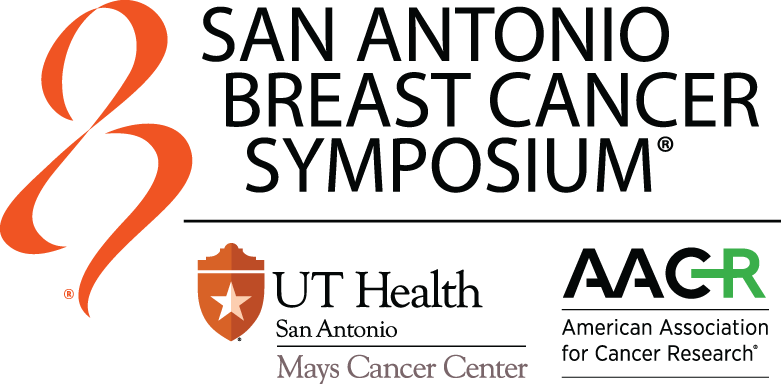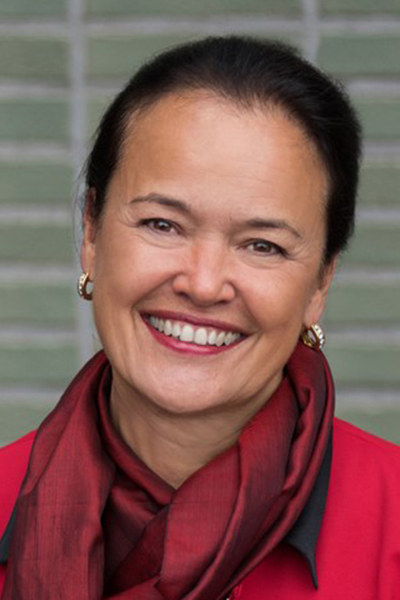
The final day of SABCS 20 included what is always one of the most popular sessions of the meeting — “View from the Trenches: What Will You Do on Monday Morning?” The session featured a multidisciplinary panel of experts who discussed some of the most important data and study findings presented during the meeting, putting it all into the context of clinical practice for everyday practitioners.
Using Oncotype DX Recurrence Scores in the Real World
New results from the RxPONDER trial suggest that chemotherapy has no significant impact on overall survival in postmenopausal women with early-stage hormone receptor-positive breast cancer with minimal nodal involvement and low-risk oncotype DX recurrence scores (RS). The results are more nuanced when it comes to patients in the real world.
The use and sensitivity of genetic testing has expanded dramatically in the last 15 years, said Martine J. Piccart-Gebhart, MD, PhD, Institut Jules Bordet, Brussels, Belgium. Over that same period, three large precision medicine trials have addressed the value of adjuvant chemotherapy with endocrine therapy for women with early luminal breast cancer with up to three positive nodes: TAILORx, MINDACT, and RxPONDER.
“In post-menopausal women, treatment is straightforward,” Dr. Piccart-Gebhart said. “If RS is 26 or higher, I recommend chemotherapy. If RS is 25 or less, I will no longer recommend chemotherapy, at least up to two positive nodes. There were few women in the trial with three positive nodes.”

The picture is more complex for pre-menopausal women. Chemotherapy is recommended for all patients RS 26 and higher regardless of node status or clinical risk factors.For RS 25 and lower, adjuvant chemotherapy is recommended for all node-positive patients.
Treatment decisions for node-negative breast cancers are more complex. A closer look at the RxPONDER data in younger women suggests that chemotherapy may suppress ovarian function in some women but not all, explained Meredith Regan, SCD, a statistician who focuses on breast cancer at Dana-Farber Cancer Institute.
“The data in premenopausal women suggest that RS is affected more strongly by the estrogen module than by the proliferation module,” Dr. Regan said. “The score from the proliferation module is thresholded by estrogen activity.”
For women who are node-negative at low clinical risk, endocrine therapy is recommended for RS 0-21, Dr. Piccart-Gebhart noted.

Women at low clinical risk who are node-negative and RS 22-25 should have adjuvant therapy. Chemotherapy is preferred, but ovarian function suppression (OFS) plus an aromatase inhibitor (AI) is a reasonable approach for women who are hesitant about chemotherapy.
Those may be useful approaches for clinicians, but patients have a more personal perspective based on their own experiences with breast cancer and the experiences of other patients they know. “Treatment decisions have to be personalized for each patient,” said patient advocate Valencia Robinson, EdS, National Breast Cancer Coalition, Daytona Beach, FL, who was diagnosed with triple negative breast cancer in 2006. “They have to understand all the variables and how each variable can affect their own life.”
PRIME-2
The PRIME-2 trial found that whole breast radiotherapy does not benefit older low-risk patients with pT1-2 tumors following lumpectomy and adjuvant endocrine therapy.
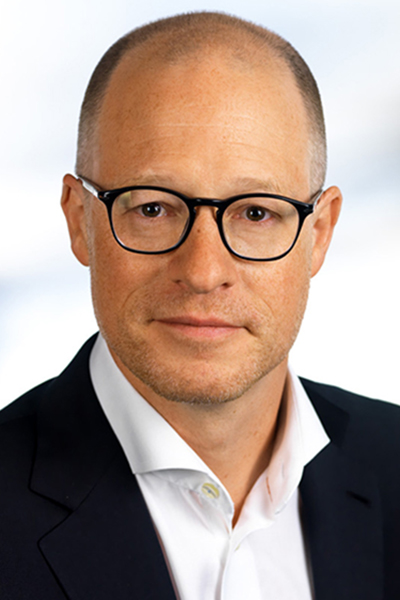
“It is very reasonable to skip radiotherapy in these patients, but don’t lose both radiotherapy and endocrine therapy,” cautioned Peter Dubsky, MD, PhD, Hirslanden Klinick St. Anna Breast Centre, Lucerne, Switzerland. “If you lose both of these, there is a strong detriment that can have an effect on overall survival.”
The overall results of PRIME-2 are clear, agreed radiation oncologist Alice Ho, MD, MBA, Massachusetts General Hospital. But subgroup analysis clearly shows that not all women can or should forego radiation therapy.
Patients with lower endocrine response had higher rates of local recurrence than patients with high endocrine response. ER-low patients still need radiotherapy. And the search is on for biomarkers to reliably predict which patients will continue to benefit from radiotherapy.
“If you do offer, or women need, radiotherapy, make it convenient by offering ultra-hypofractionated radiotherapy or accelerated partial breast irradiation (ABPI),” Dr. Ho suggested. “There are multiple options for women who opt for radiation. Factoring in patient values, patient preferences, and overall health is just as critical as tumor features when you are having this discussion.”
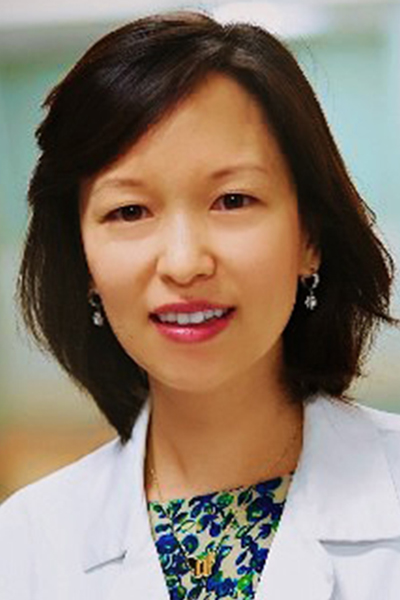
monarchE and CDK4/6 Inhibition
Initial data from the monarchE trial shows a continued invasive disease-free survival (IDFS) advantage with the CDK4/6 inhibitor abemaciclib plus adjuvant endocrine therapy for women with high-risk, hormone receptor-positive, HER2-negative, early-stage breast cancers versus endocrine therapy alone.
The absolute difference between the two arms was relatively stable at 3% to 4%, said William J. Gradishar, MD, Robert H. Lurie Comprehensive Cancer Center, Chicago. That represents an odds reduction of about 30% favoring abemaciclib.
“If I had a patient who fit these trial criteria, I might consider abemaciclib,” he said. “But there are some major caveats.”
Only about a quarter of patients had completed the two-year treatment protocol for this initial report, Dr. Gradishar noted. About 60% of patients who initially enrolled have remained on treatment and 28% of patients in the abemaciclib arm have discontinued treatment versus 15% in the endocrine therapy arm. Two-thirds of patients in the abemaciclib arm have had a dose hold and 43% have had a dose reduction.

“We don’t know if these results will translate into a survival benefit,” Dr. Gradishar said. “I would be very hesitant to apply these data to anyone who does not fit the trial inclusion criteria.”
The monarchE trial is the third CDK4/6 inhibitor trial following PALLAS and PENELOPE-B, added Sara A. Hurvitz, MD, FACP, University of California, Los Angeles Jonsson Comprehensive Cancer Center. All three agents have similar progression-free survival results in the metastatic setting as first or second line agents.
And all three agents have different preclinical activity, different results as single agents, different toxicity profiles, and different overall survival benefits, if any OS benefit has yet been seen. And all show different outcomes in adjuvant studies, possibly an effect of different study populations, protocols, and follow up.
“Follow up, follow up, follow up is going to be critical in evaluating these trials,” Dr. Hurvitz said. “We are going to need five to ten years. Differences in outcomes could involve the long term like it does with endocrine therapy. And monarchE patients were very high risk. For a lot of these patients, we are just waiting for the other shoe to drop.”
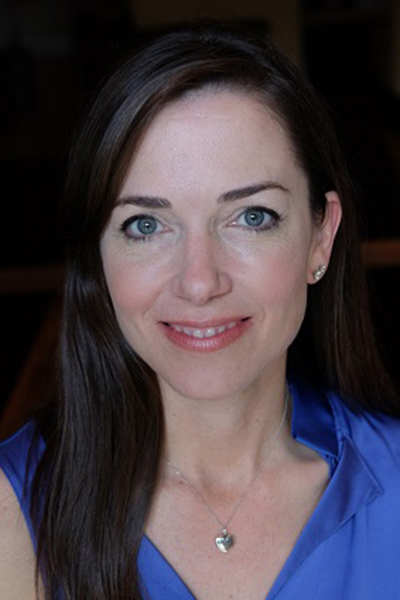
Clinical-Pathological Features and Recurrence Scores
RSClin combines clinicopathological information with the familiar recurrence score to estimate both the risk of distant recurrence and the potential benefits of chemotherapy in breast cancer.
“We now have age and tumor size as continuous variables and tumor grade in there with recurrence scores, but not menopausal status” explained Dr. Regan. “RSClin gives us a more granular continuum to work with for patients who are RS 24–27.”
The real question is how RSClin works in the real world. For older women, the new tool may not make much difference in treatment recommendations, Dr. Hurvitz said. Likewise, there is little to no difference for younger women with low clinical-pathological features.
“But for a 40-year-old woman with node-negative disease, RSClin can make a difference in the chemotherapy benefit,” Dr. Hurvitz said. “We know that grade and tumor size can impact the expected outcome from chemotherapy. This tool gives patients a more personalized assessment, taking into account their own individual factors. It has the potential to change recommendations, especially around the RS 25–26 threshold. It helps demonstrate the continuum of benefit.”
SABCS registrants will have exclusive on-demand access to this and other virtual SABCS programming until March 13, 2021.
